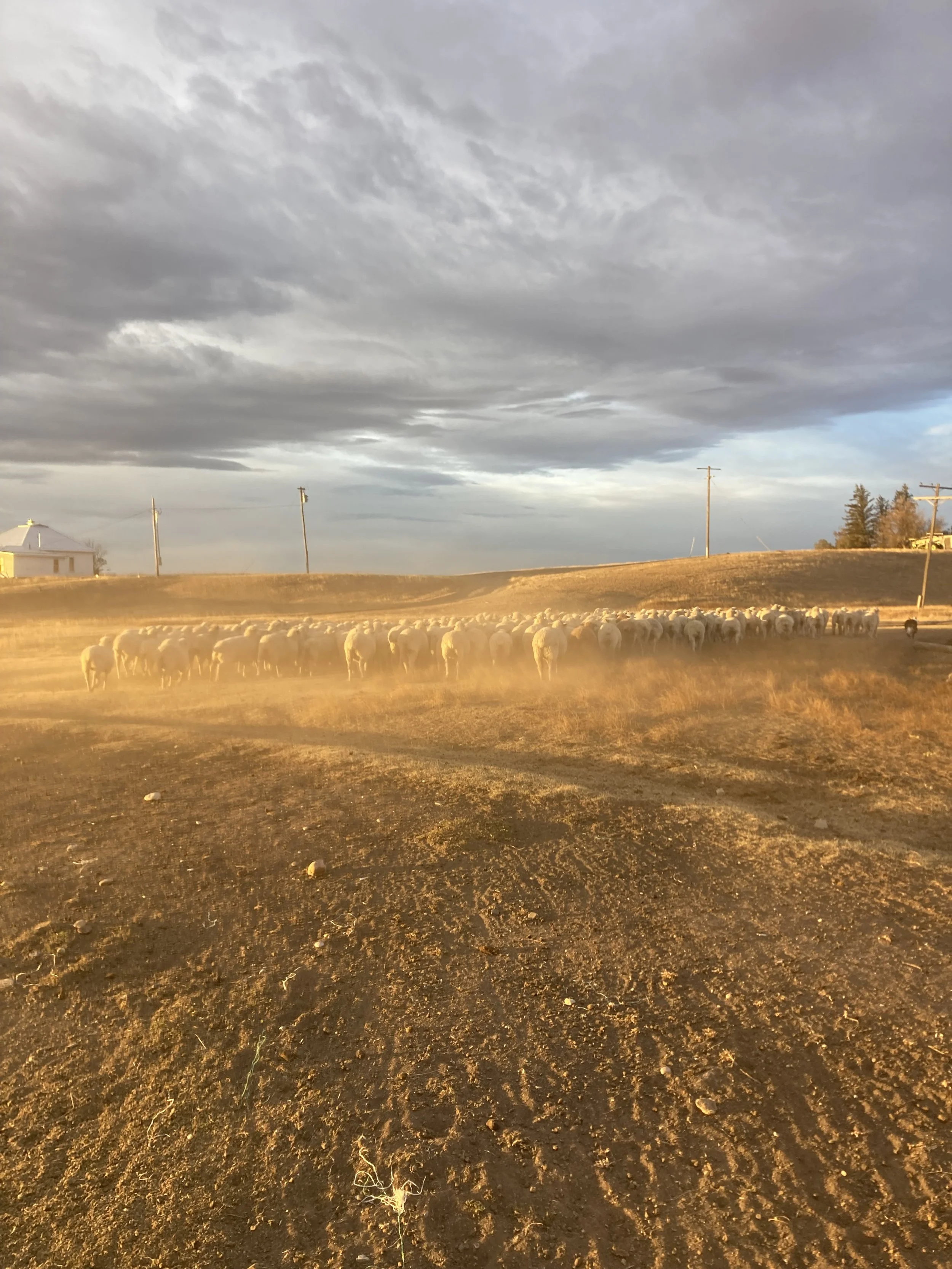Drought: Not Again
We haven’t had more than three drops of rain since early September.
While Colorado and Utah are buried in snow, the dust on my land kicks up with every footstep.
The warm, sunny weather helps shorten the wintertime blues, but that dust predicts hard decisions coming soon.
Sure, the long-term forecast still holds hope for a moderately wet late winter.
But weather prognosticators get paid even if it doesn’t rain or snow.
I don’t.
So I need to plan for the worst scenario.
At the moment, I have lots of grass.
It all grew last June when the land enjoyed cool showers for most of the month.
That tall grass waving in the wind fills me with joy.
I hope it will capture every future snowflake to give the now-parched soil a drink.
But the wind shears some of that brittle grass to the ground and blows sand in my eyes.
The stinging sand hurts less than the question in my mind: Can I survive another multiyear drought?
After all, I’m still recovering from the last one.
I’m only running about half of the livestock that this ranch will easily support during normal years.
The financial and emotional effects of three years of poor moisture are still raw.
I wonder how resilient my land is now, or whether it is teetering on a precipice, ready to topple into a catastrophe.
While most of my prairie enjoys a comforting blanket of grass, other evidence indicates a potential catastrophe hiding under that blanket.
My spring-filled reservoir is completely dry. When I drive past reservoirs on other ranches, they are dry, too.
Groundwater experts tell me that my springs come from mountain snowmelt.
I suspect it takes about three years for that snow to travel the 40 miles or so from the Rockies to my ranch, so my reservoir is only now paying the price for the last extended drought.
The problem is that the mountains haven’t had decent snowpack since then.
My reservoir is likely to remain dry for quite a while.
Worried, I buck up.
Any resilience I might muster comes from making a plan.
I create a 5-year budget based on varying income.
I set trigger dates for selling some cattle and sheep if moisture goes south.
If I have to sell any livestock at all, I won’t have enough to meet my demand for grassfed beef and lamb.
That means I’ll have to be selective about who I serve.
Or do I just give in, quit fighting weather that only becomes more extreme with each year?
Do I sell all of my livestock and rent pasture based on the grass I have available each year?
That shift in lifestyle makes my heart ache.
Sure, I would still have cattle on the ranch, but I wouldn’t know them, know their mothers, partner with them so all of us contribute to the well-being of the ranch.
Now is the time when some of us invoke superstitions.
We talk about how dry it is, yet never dare to predict rain.
Several years ago, my niece and my son danced an elaborate rain dance.
It didn’t rain all summer.
We figured they danced backward.
Once, I tried to get all of my friends to face east and talk loudly.
I guess they don’t generate as much hot air as I thought because they didn’t draw any moisture over the mountains from the west.
Some farmers and ranchers consider cloud seeding, as they did in the 1960s.
That idea produced unintended consequences.
The helplessness of my inability to create conditions that help the land thrive can paralyze a person.
I must resist paralysis.
That’s my wintertime goal.
